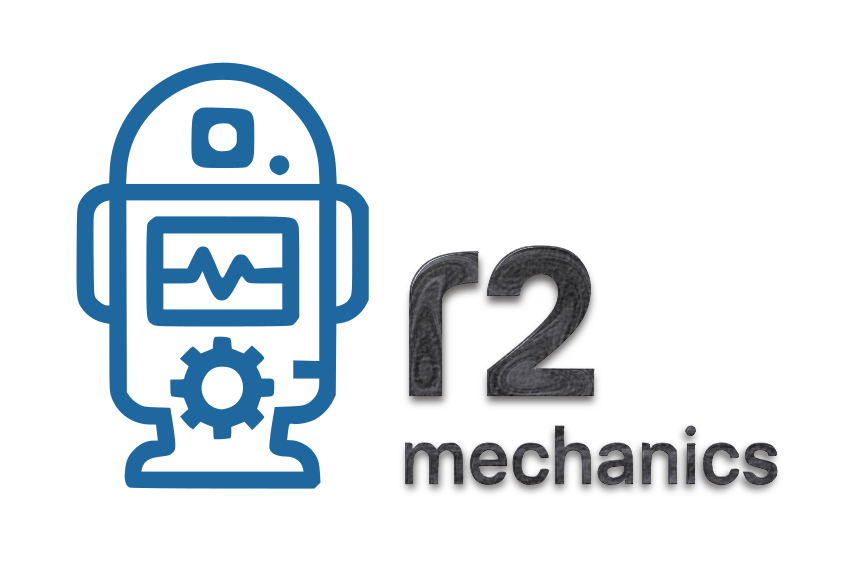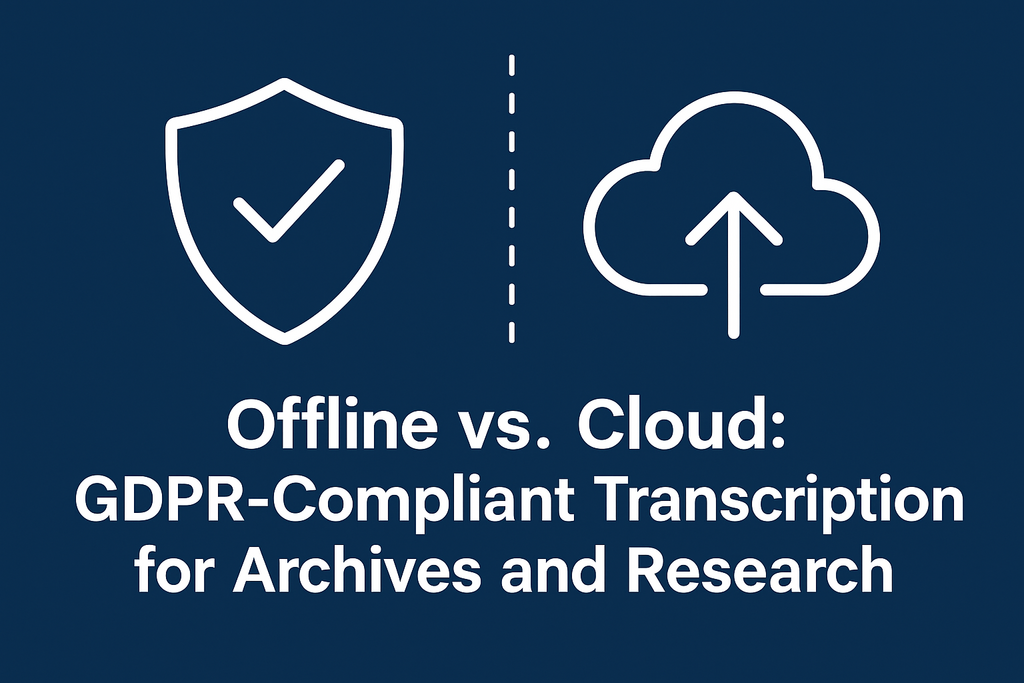
David Thiry is the founder of R2 Mechanics, a developer and systems architect focused on offline‑first, privacy‑driven solutions for archives, museums, and research institutions. With a background in building high‑performance, autonomous computing systems, he works at the intersection of technology, ethics, and cultural preservation. This article reflects his vision of transforming transcription from a static service into resilient cultural infrastructure.
Published on: July 24, 2025


Offline transcription refers to the full processing of audio recordings into structured text without any connection to external servers or cloud platforms. All data stays within a closed, local environment.
In contrast, popular cloud-based tools such as Otter.ai, Rev, or Sonix send audio to external servers for processing, storage, and analysis — often in other jurisdictions. While convenient, this approach introduces significant privacy and legal risks, especially for institutions handling sensitive materials.
For archives, museums, and research institutions, the question is no longer just how to transcribe – but where and under what conditions.
Since the introduction of the General Data Protection Regulation (GDPR), all EU-based data processing must comply with strict principles regarding transparency, data minimization, and purpose limitation.
The stakes are even higher when processing special categories of personal data, such as:
🔹 Oral history interviews
🔹 Testimonies of witnesses or survivors
🔹 Medical or psychological recordings
🔹 Identity-sensitive research data (migration, ethnicity, trauma, etc.)
Under GDPR, such content requires:
🔹 Explicit consent by participants
🔹 Privacy by design and data minimization
🔹 Documentable processing chains
This is where cloud services often fall short — legally and ethically.
Many commercial transcription platforms process and store audio on servers outside the EU.
This creates three major issues:
The U.S. is no longer considered a safe jurisdiction by the European Court of Justice
New "frameworks" are often temporary or politically fragile
Where exactly is the data stored?
Who has access — and how can deletion be verified?
Can institutions guarantee long-term auditability?
Even with user consent, many legal questions remain
The burden of proof rests with the data controller — i.e. you
For institutions committed to ethics, privacy, and sustainability, this is a red flag.
An offline-first transcription workflow avoids these issues by design:
🔹 No cloud servers
🔹 No external APIs
🔹 No data leakage
🔹 100% local processing
🔹 Full control over access, versioning, and deletion
🔹 Audit trails, logs, and process documentation
🔹 No dependency on external service providers
A true offline setup allows auditable, revision-proof, and long-term archivable transcription — aligned with the values and requirements of public institutions.
🔹 Transparent, reproducible workflows
🔹 Full processing logs, local time-stamping, optional hash documentation
🔹 Export to structured, human-readable formats (e.g. HTML, PDF)
🔹 Supports multilingual data, speaker separation, and timecode navigation
🔹 HTML output can be embedded or archived
🔹 Fits into existing CMS or digital archive tools
Offline transcription is not just a technical choice — it’s a commitment to ethics, data sovereignty, and institutional trust.
If your institution handles sensitive recordings, testimonies, or research interviews, you need more than automation. You need control, transparency, and legal certainty.
Contact R2 Mechanics for GDPR-compliant, offline transcription workflows – custom-built for archives, museums, and research teams.